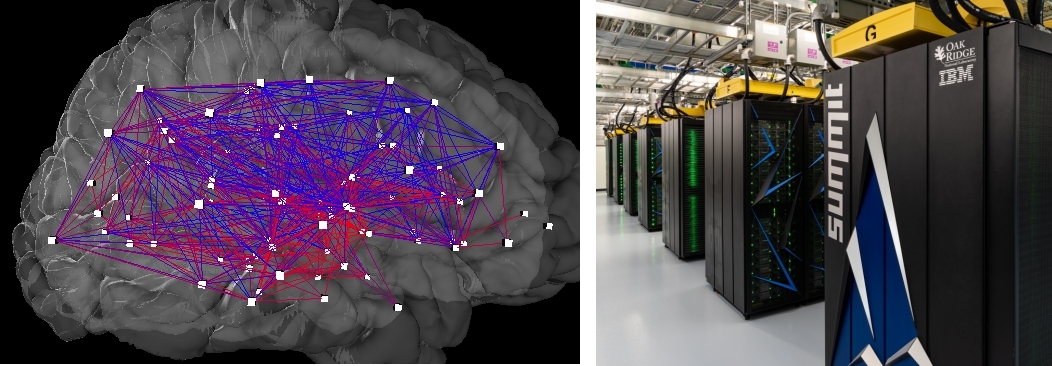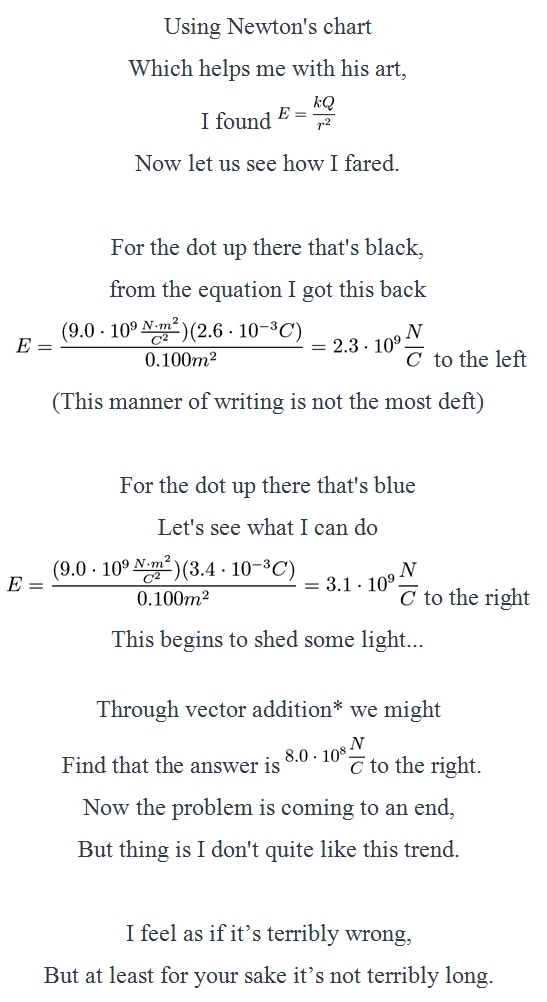
Image on left by the PIT Bioinformatics Group. Image on right by the OLCF at ORNL.
Creative commons licensing. Click for specifics.
I have been working on my new book, Science in the Atomic Age, which (Lord willing) will be published this summer. In the section where I cover the nervous system, I compare a mouse brain and a human brain to computers. It’s rather fascinating. Below, you will find a slightly-edited excerpt from that discussion. Please note that the students have already learned that neurons are cells found in nervous tissue and that the integumentary system is the system of organs that makes your skin:
The brain has three major divisions: the cerebrum (suh ree’ brum), the cerebellum (sehr’ uh bell’ uhm), and the brain stem. The cerebrum is in charge of most of the really complicated things that the brain does. For example, it receives signals from your eyes and interprets them so that you can see. It receives signals from your ears and interprets them so you can hear. It receives signals from all the nervous tissue in your integumentary system so that you can figure out what you are touching as well as things like whether you are too warm, too cold, or comfortable. It also helps you learn, and it stores your memories. All this takes a lot of work, so it requires a lot of neurons.
How many neurons? The average adult cerebrum contains about 20 billion neurons. That number doesn’t mean very much by itself, so by comparison, the average adult mouse cerebrum contains about 2.5 million neurons. So the human cerebrum contains about 10,000 times as many neurons as a mouse’s cerebrum. Of course, a mouse is much smaller than a person. By weight, a person is about 3,000 times as heavy as a mouse. At least part of the difference between a mouse’s cerebrum and a person’s cerebrum is due to that. But people are much more intelligent than mice, and the number of neurons in the cerebrum must also be related to that.
Continue reading “Our Best Computer is Positively PRIMITIVE Compared to the Human Brain”









